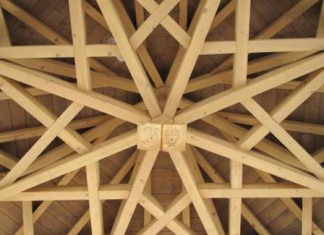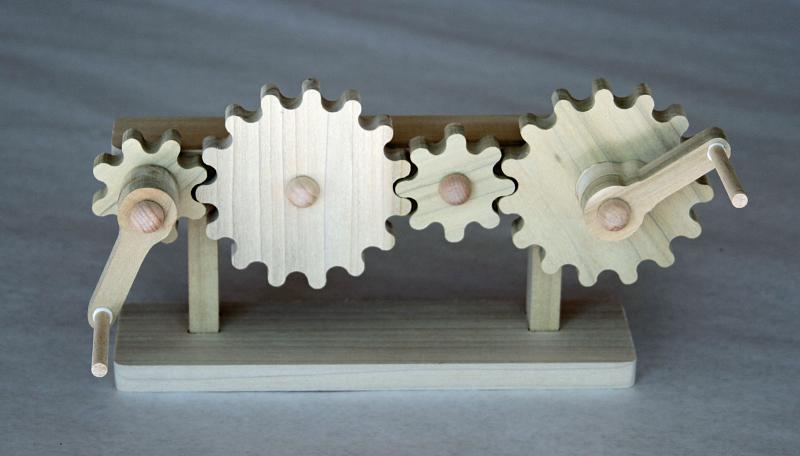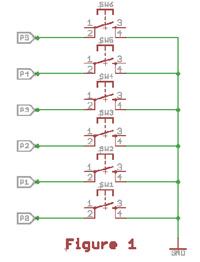TIMBER PRESERVATION
It is highly essential to protect timber from attack of fungus and any damage from insect attack. Timber products require protection if it is exposed to weather such as doors, windows, poles etc. Extending the life of the timber through preservation is a much cheaper deal. The object of treating timber with a preservative is to render it immune to decay, even though it may become quite damp and to prevent attack by timber boring insects. Most timber preservatives belong to one of three main group tar-oil derivatives creosote, water soluble type and organic solvent chemicals.
Since boric acid and sodium borates are water soluble compounds which are absorbed by the wood surface and then penetrate by diffusion, they can be both used as wood preservatives. Moreover, these inorganic boron compounds are good fire retardants. Boric acid alone or in mixtures with sodium borates, is particularly effective in reducing the flammability of cellulose materials. Borax and Boric acid are therefore used as fire retardants in wood products and cellulose insulation.
It is the low electrical conductivity features that allowing the boron products to be used in the areas such as insulation, wire drawing and cables.
Although sodium borates have a good dissolution rate in water, in order to achieve highest concentration of boron, boric acid, as an extremely weak acid whose effect on pH is negligible, (which is also highly toxic to wood decay fungus yet is low in toxicity to mammals and fish) is used in most of the wood treatments.
The solubility of boric acid in water is influenced by the presence of certain other substances. Sodium chloride, lithium chloride and mineral acids decrease the solubility. Potassium nitrate, potassium sulphate, potassium chloride, sodium nitrate or sodium sulphate increase the solubility.
It is reported in literature that a ratio of 60% borax and 40% boric acid gives the maximum solubility of borates in water. A mixture of 65% water, 20% borax and 15% boric acid (by weight) will yield a solution containing 15.8% borates. To make this solution, mix required quantities and heat until dissolved. Boric acid in particular, dissolves slowly.
Flame retardants are used to reduce the degree of flammability of materials that support combustion.
Borates are used to impart or to contribute flame retardancy to a variety of materials. Borates suppress fire by melting and covering the flammable substance in a layer of char, excluding oxygen from the flame. Zinc borate is used in plastics, while soluble borates (such as boric acid and borax) are used in the treatment of cellulosic materials including wood, plywood, particle board, wood fibre, paper, neutral fibres such as cotton.
On the other hand, a reduction in the use of CCA (Chromated-CopperArsenate) owing to it being banned by the EPA assists borates to take more places in wood preservatives and zinc borates.
















